Hans Holbein (c. 1497-1543) was a German artist who was known for his portraiture and woodcut works. His father, whom he was named after, was a painter as well and taught him how to paint. He later moved to Basel, Switzerland, where he worked with a variety of mediums, from stained glass to prints to painting portraits of affluent merchants.
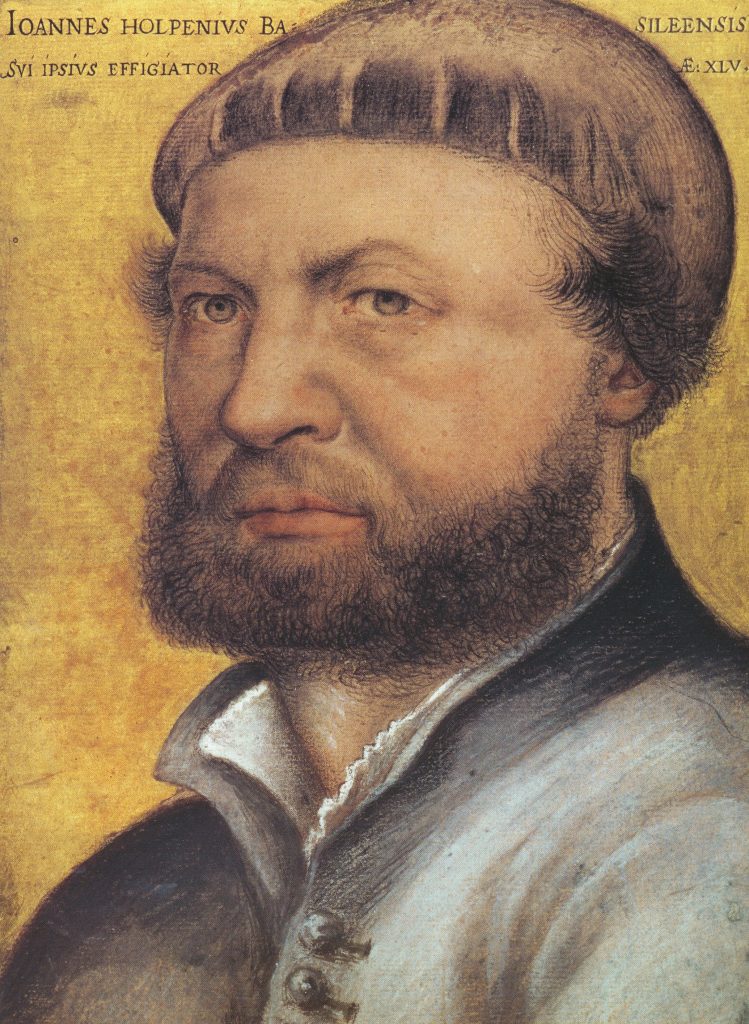
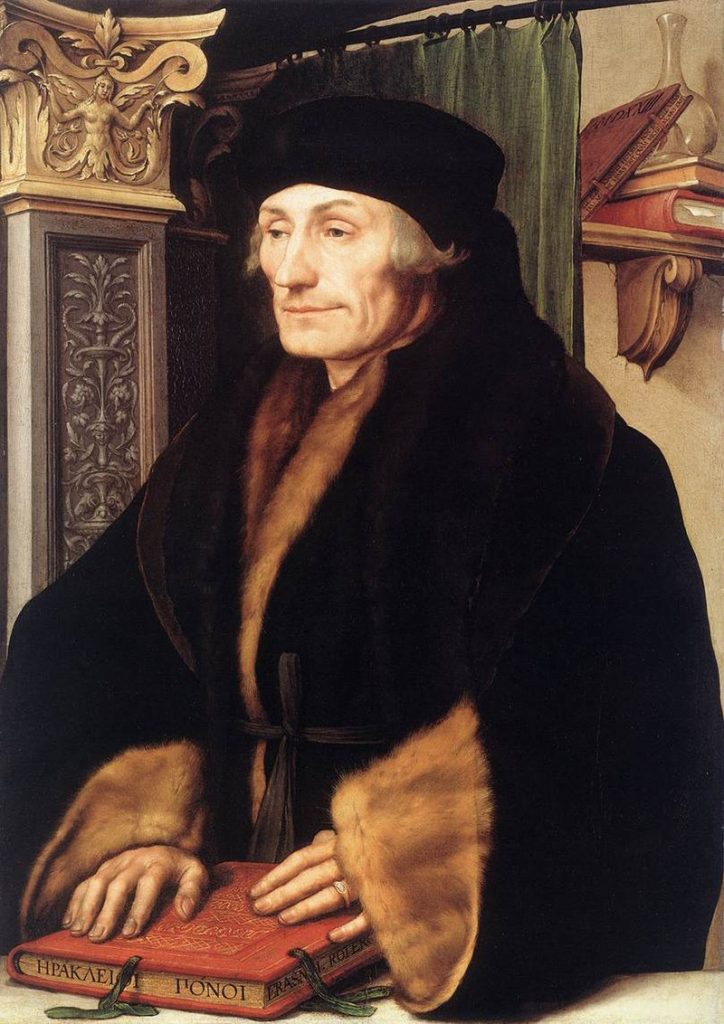
A few years later he came to England and during this time his work in portraiture became known. Holbein became the court painter for King Henry VIII, painting hundreds of portraits until his death in 1543 from the plague.

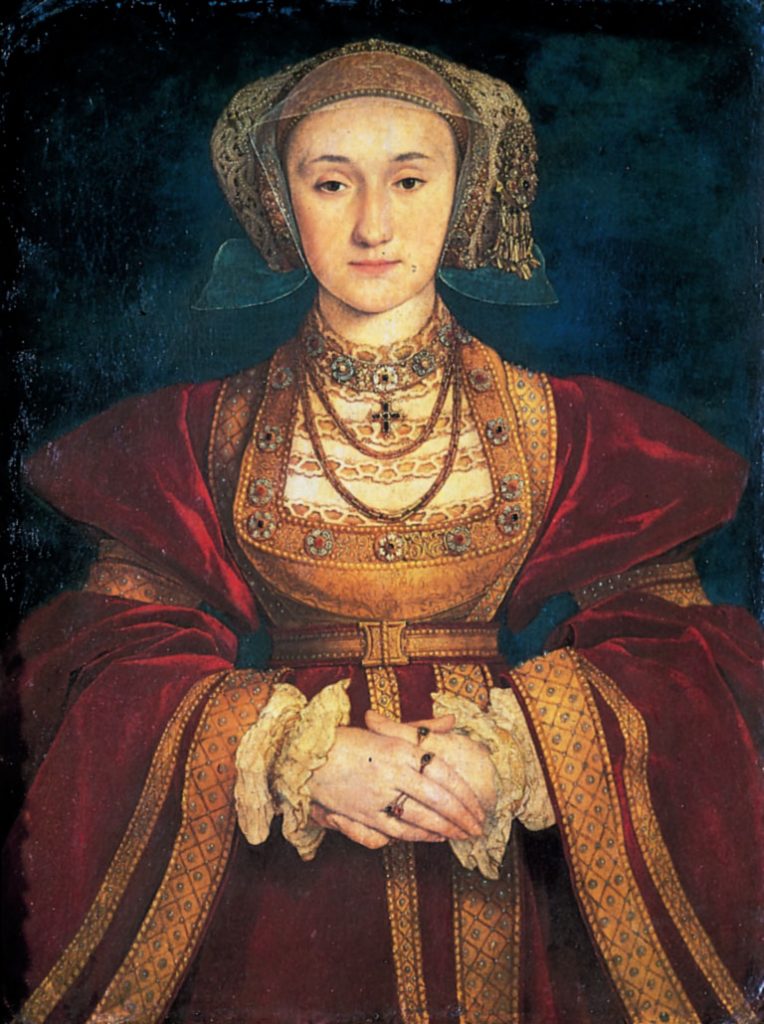
–
In addition to being the court painter, Holbein was the fashion designer for the court.
My favourite works by Holbein were his illustrations for the allegory the “Dance of Death”, which are extremely expressive and have a sense of movement within them. Despite how morbid the theme is, I particularly liked the skeleton, which represented death. In every piece, it seemed as if it was joyfully inviting their next victim to ‘dance’, much to the latter’s horror.
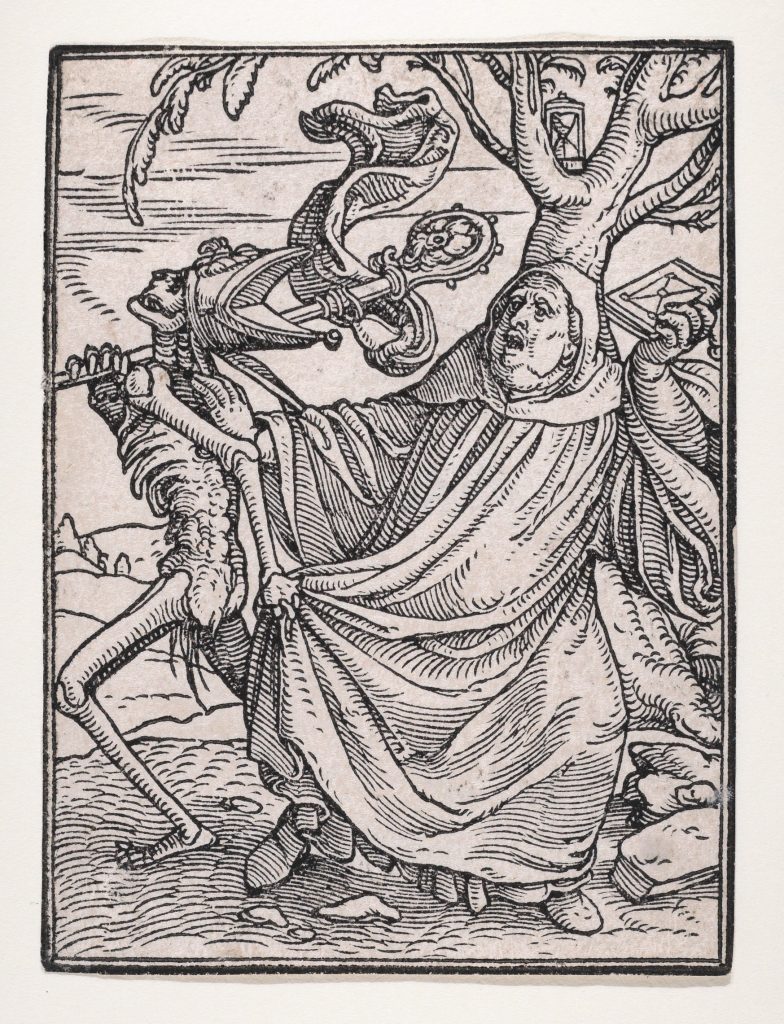
–
The “Dance of Death” depicts how all people, regardless of class or age were unable to escape death. This theme was popular during the time of the Plague especially since everyone was dying.
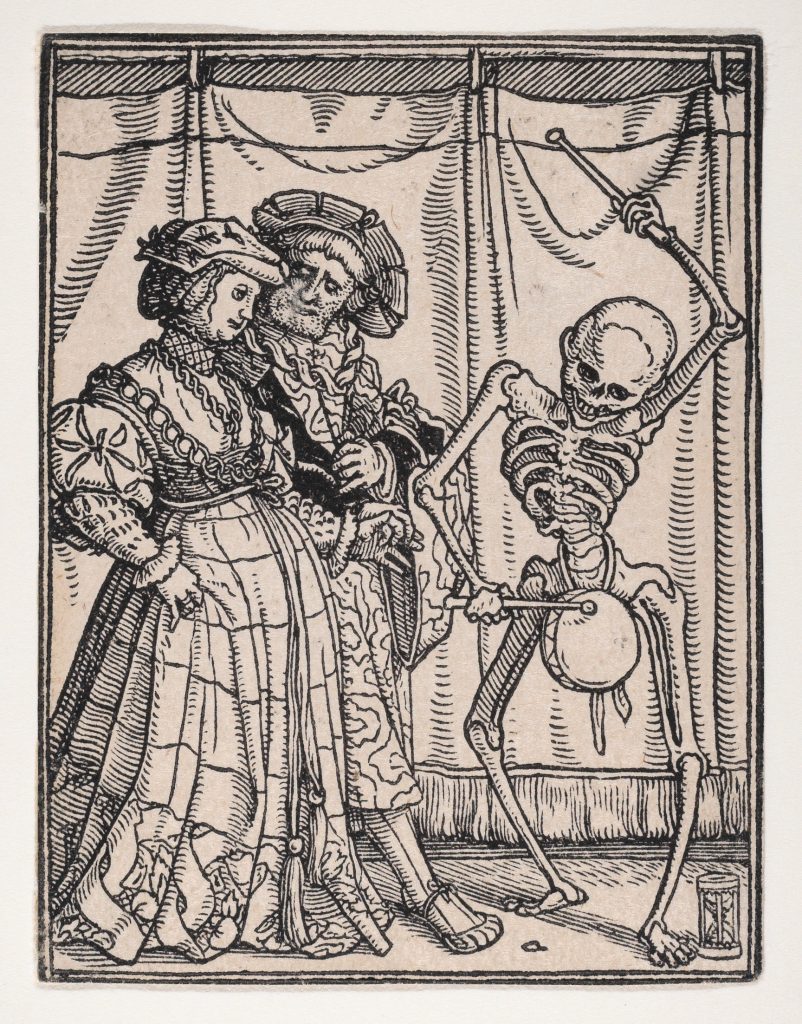
Sources:
www.nationalgallery.org.uk/artists/hans-holbein-the-younger
www.britannica.com/biography/Hans-Holbein-the-Younger
getty.edu/art/collection/artists/693/hans-holbein-the-younger-german-14971498-1543/
